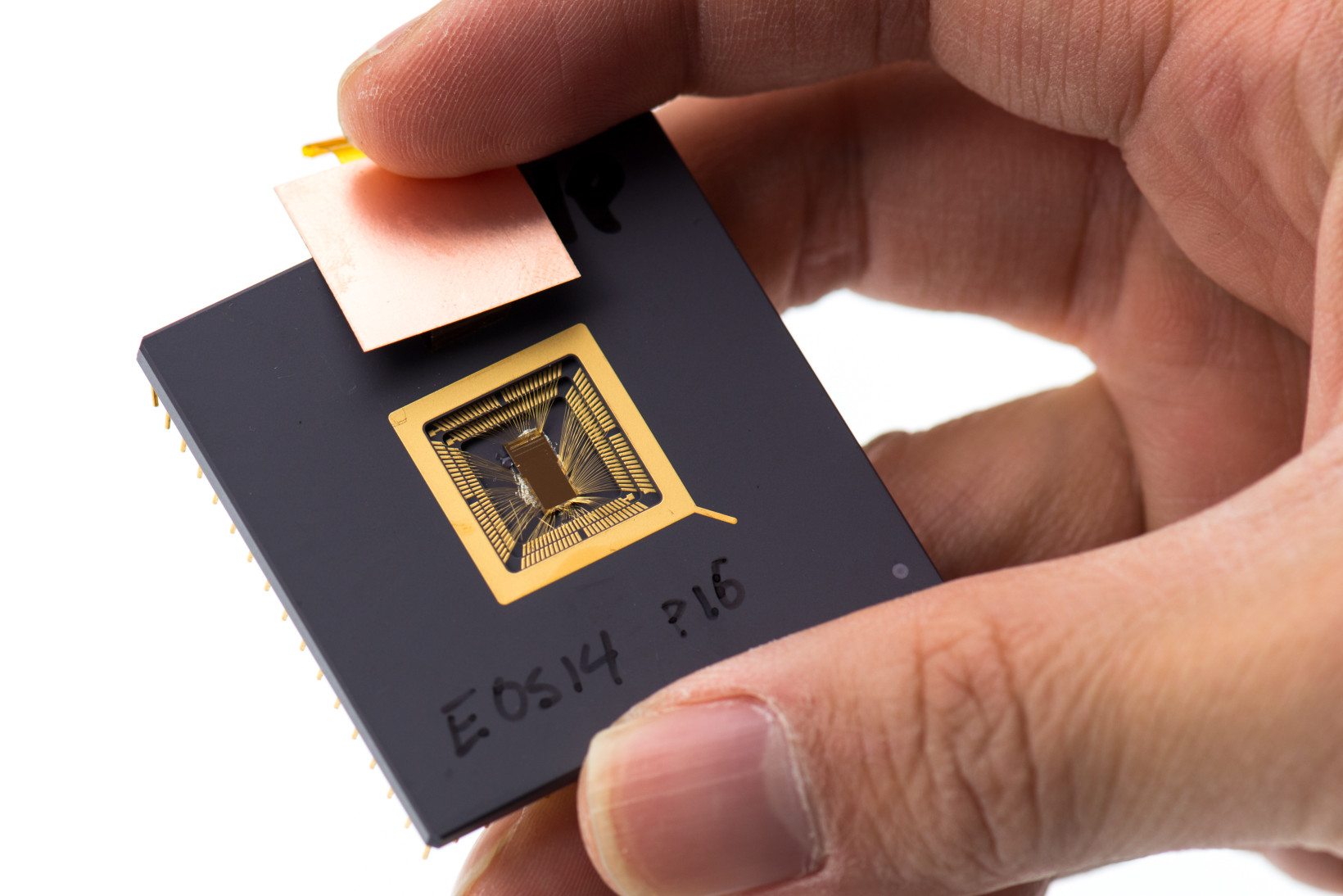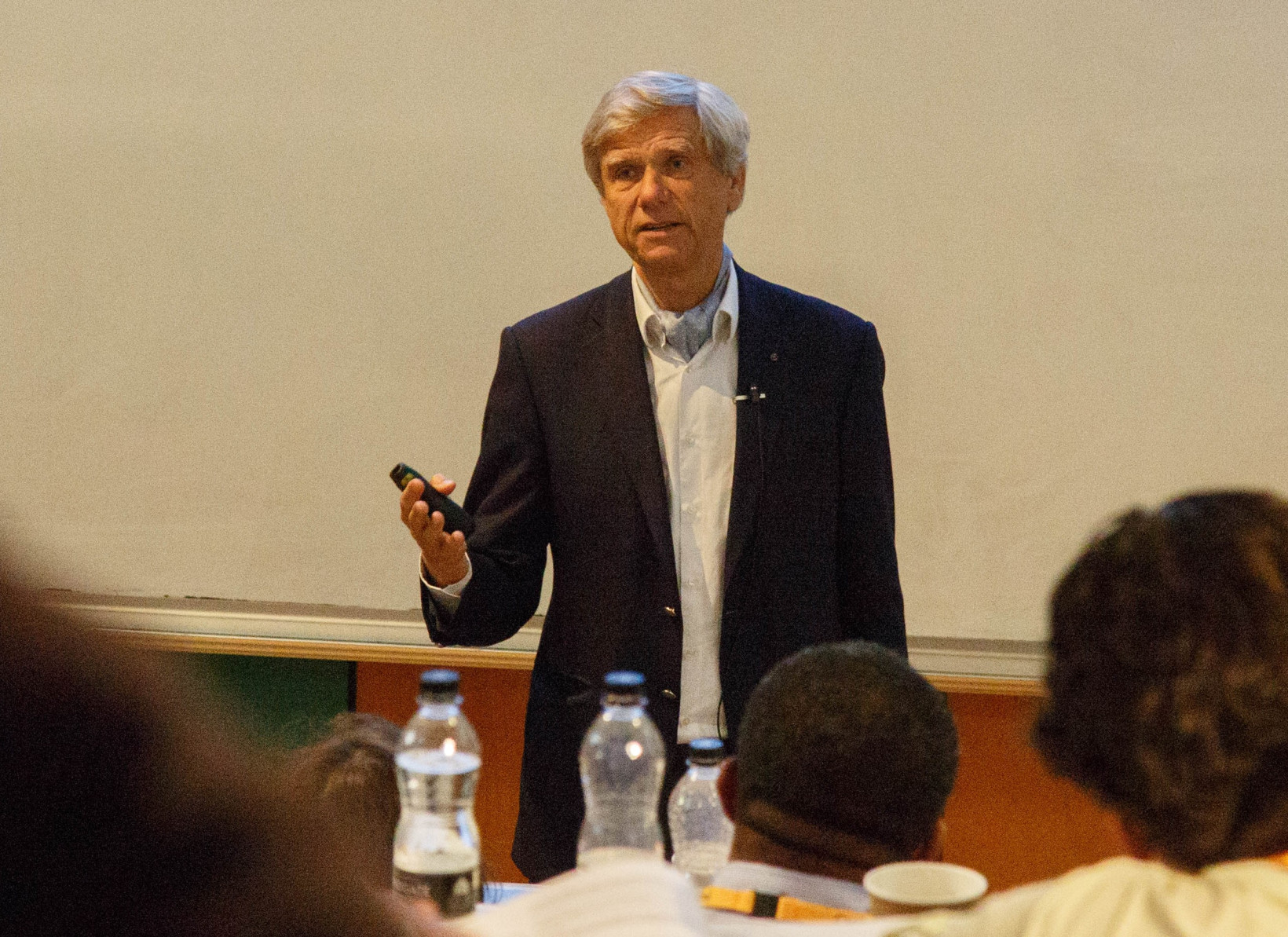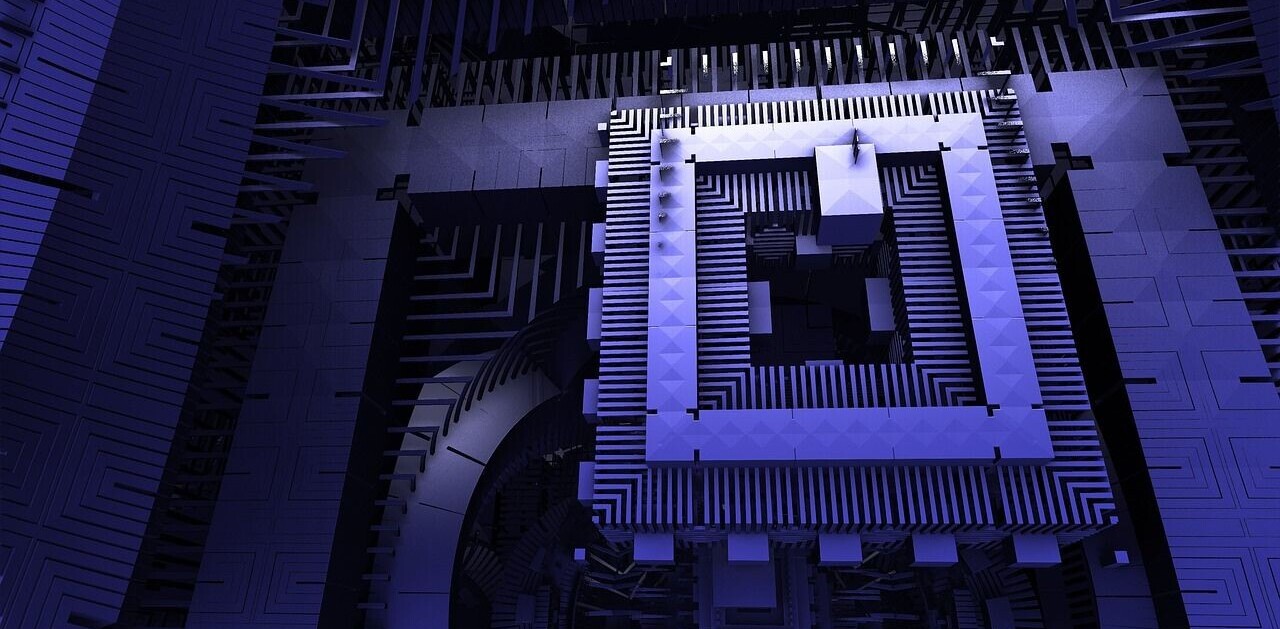In the divided world of semiconductors, Arm is frequently compared to Switzerland.
The UK-based business is built on a foundation of neutrality. Rather than build chips, Arm merely designs their blueprints. The company then licences the IP to almost every major semiconductor maker without directly competing against them.
That approach — as well as the energy-efficient architectures — has driven Arm’s designs into over 95% of smartphones, alongside cars, computers, and countless other applications. But the independence that underpins Arm has become contentious. Meanwhile, a budding contender has emerged with a promise of true impartiality: the RISC-V Foundation.
The anxieties about Arm’s surged in 2020, when Nvidia agreed to buy the business for $40 billion (€36.7bn). The deal would give control of Arm to the most valuable semiconductor company in the US. Nvidia could gain early access to the architectures, licence them for free, and sell its Arm-based chips at lower prices. Suddenly, the Switzerland of semiconductors looked like a very different place.
“A privately-owned Arm would not only mean that the company’s future roadmap would change, influenced by the direction, funding, and presence of Nvidia,” Mark Lippett, the CEO of British semiconductor XMOS, tells TNW. “It would also mean that equal access to that technology might no longer be available.”
Arm’s customers weren’t the only people worrying. Around the world, regulators began probing the acquisition. In the US, the Federal Trade Commission sued to block the deal, arguing that Nvidia would become too dominant in the $500 billion (€459bn) chip market. Authorities in China, the EU, and the UK were also scrutinising the deal. As the regulatory headwinds swirled, the deal was blown into uncertainty.
Two years after the acquisition was announced, the transaction collapsed. Arm’s current owner, SoftBank, chose to pursue an initial public offering instead. With a target valuation of up to $70 billion (€64bn), the listing could be the world’s biggest IPO this year. Yet the new bidders could also be chipmakers with conflicting interests.
As the doubts about Arm’s neutrality whirled, attentions turned to RISC-V.
“It’s going to be a very credible implementation.
Founded in 2015, RISC-V produces low-cost, efficient, and flexible architecture that can be customised to specific use cases. Crucially, it’s also open source, which means no single entity controls it. As a result, clients could avoid partnering with Arm, and paying the provider to ensure compatibility.
The foundation also has a very different relationship with Switzerland. While Arm has a figurative link to the country, RISC-V’s connection is literal. In 2019, the organisation moved there from Delaware to avoid US trade curbs, which jeopardised free access to its tech. The relocation created another selling point for RISC-V, particularly in China — Arm’s biggest market.
In the US, the architecture is also attracting some eye-catching supporters. Among them is Android’s director of engineering, who wants RISC-V to become a “tier-1 platform” in the operating system — the same level as Arm.
Earlier this month, backers of RISC-V formed a powerful new team. The chipmakers Qualcomm, NXP, Nordic Semiconductor, and Infeon, as well as Robert Bosch — the largest automotive supplier in the world — announced a new alliance to commercialise the architectures.
“It’s critical we maintain continuous access to efficient and powerful embedded microprocessors,” Svein-Egil Nielsen, chief technology officer of Nordic Semiconductor, said in a statement. “An open collaboration with like-minded companies to continually enhance innovative RISC-V microprocessor IP and ensure a robust and reliable supply of the technology is the ideal answer.”

The new venture elevates RISC-V as a rival to Arm. As Lippett notes, the buy-in from such established, wealthy, and knowledgeable companies should accelerate the uptake.
“You have to assume it’s going to be a very credible implementation of RISC-V, and a rising tide helps all boats,” he says.
The involvement of Qualcomm is particularly striking. The US chip giant is one of Arm’s biggest customers, but the two companies are now fighting a legal battle.
Tensions between the partners emerged during the proposed Nvidia takeover. In May 2022, Qualcomm’s CEO said he wanted to buy a stake in Arm — or even acquire it outright. A few months later, Arm sued Qualcomm. The lawsuit accuses the US business of using Arm IP without permission.
The conflict exposed the complex relationship that Arm has with clients — and the risks of them taking chip design in-house. The RISC-V venture has magnified both of these strains.
“We should be wary of any de facto standard.
Formed in Germany, the new company will initially focus on automotive applications — a sector in which RISC-V already has a foothold.
“The key players in the venture — NXP and Qualcomm — are all big automotive chip providers, so they have the business relationships already,” Leo Charlton and James Falkiner, technology analysts at market research firm IDTechEx, tell TNW via email. “The biggest factor with automotive is dollar price, so if these RISC-V chips can be cheaper at the same performance level, then that’s a huge incentive.”
Automotive is merely the start of the ambitions. The new venture plans to later expand into mobile and IoT ecosystems. The group’s founders have also called for support from industry associations, leaders, and governments. They claim that the initiative will strengthen the broader semiconductor industry.
The plans create another headache for Arm, which has a core market that is running out of growth. In its latest financial quarter, the company posted an 11% decline in sales in dollar terms.

Nonetheless, Arm maintains several advantages over its emerging rival. The company offers proven performance, market ubiquity, extensive support, and a more reliable hardware and software ecosystem. To many potential clients, RISC-V will seem a far riskier proposition.
“If you have no intentions of modifying a processor core then you might as well just use Arm,” Leo Charlton and Falkiner say. “But the benefit of RISC-V is that you have the freedom to develop and extend it.”
The new company, however, evokes a similar concern to the one engulfing Arm. As Lippett notes, it too could be acquired by a single chip giant.
“We should be wary of any ‘de facto standard’ that may evolve, driven by this well-funded and powerfully backed entity, that diverges from RISC-V,” he says. “The open-source nature of RISC-V helps to mitigate that concern, to some extent.”
Despite the concerns, analysts expect the new venture to accelerate the adoption of RISC-V. Market dominance, however, remains a distant dream. For now, RISC-V seems unlikely to rival Arm as a global power. But it could become a truer emulation of Swiss neutrality.
Get the TNW newsletter
Get the most important tech news in your inbox each week.





